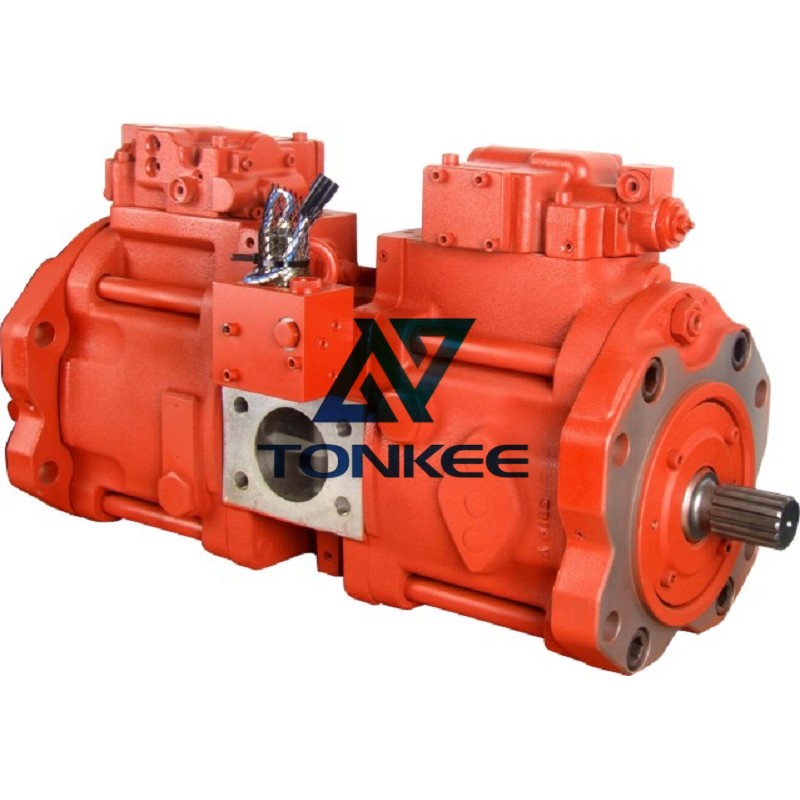
The K3V180 hydraulic pump is designed to deliver exceptional power and efficiency.
It operates based on the axial piston principle, where a set of pistons arranged in a circular pattern within a cylinder block reciprocates to generate hydraulic pressure. The pump is driven by an external power source, such as an engine or an electric motor, which rotates the cylinder block and creates the necessary pressure for hydraulic fluid flow.
One of the key features of the K3V180 pump is its high-pressure capability. It can deliver a maximum pressure of up to 350 bar (5,076 psi), allowing it to handle demanding applications that require substantial power output. This makes it suitable for heavy-duty machinery and equipment that operate under extreme conditions.
The K3V180 pump also boasts excellent volumetric efficiency, ensuring smooth and consistent fluid flow. It is designed with precision engineering and high-quality materials to minimize internal leakage, resulting in improved overall performance and energy efficiency. The pump's efficiency helps reduce energy consumption and contributes to lower operational costs.
Furthermore, the K3V180 pump offers a wide range of displacement options, allowing users to select the most suitable configuration for their specific application requirements.
Displacement refers to the volume of fluid displaced by the pump per revolution or stroke. By choosing the appropriate displacement, users can achieve the desired flow rate and power output for their hydraulic system.
To ensure durability and longevity, the K3V180 pump features robust construction and high-quality components. It is designed to withstand demanding working conditions, including high pressures, heavy loads, and harsh environments. This reliability makes it an ideal choice for equipment that operates in rugged terrains or in remote areas where maintenance and repairs might be challenging.
The K3V180 pump also offers excellent controllability, allowing for precise and responsive operation. It can be integrated with various control systems, such as proportional valves or electronic controls, to achieve accurate control of hydraulic functions. This enhances the overall performance and versatility of the hydraulic system, enabling operators to perform complex tasks with ease.



 English
English Türkçe
Türkçe


